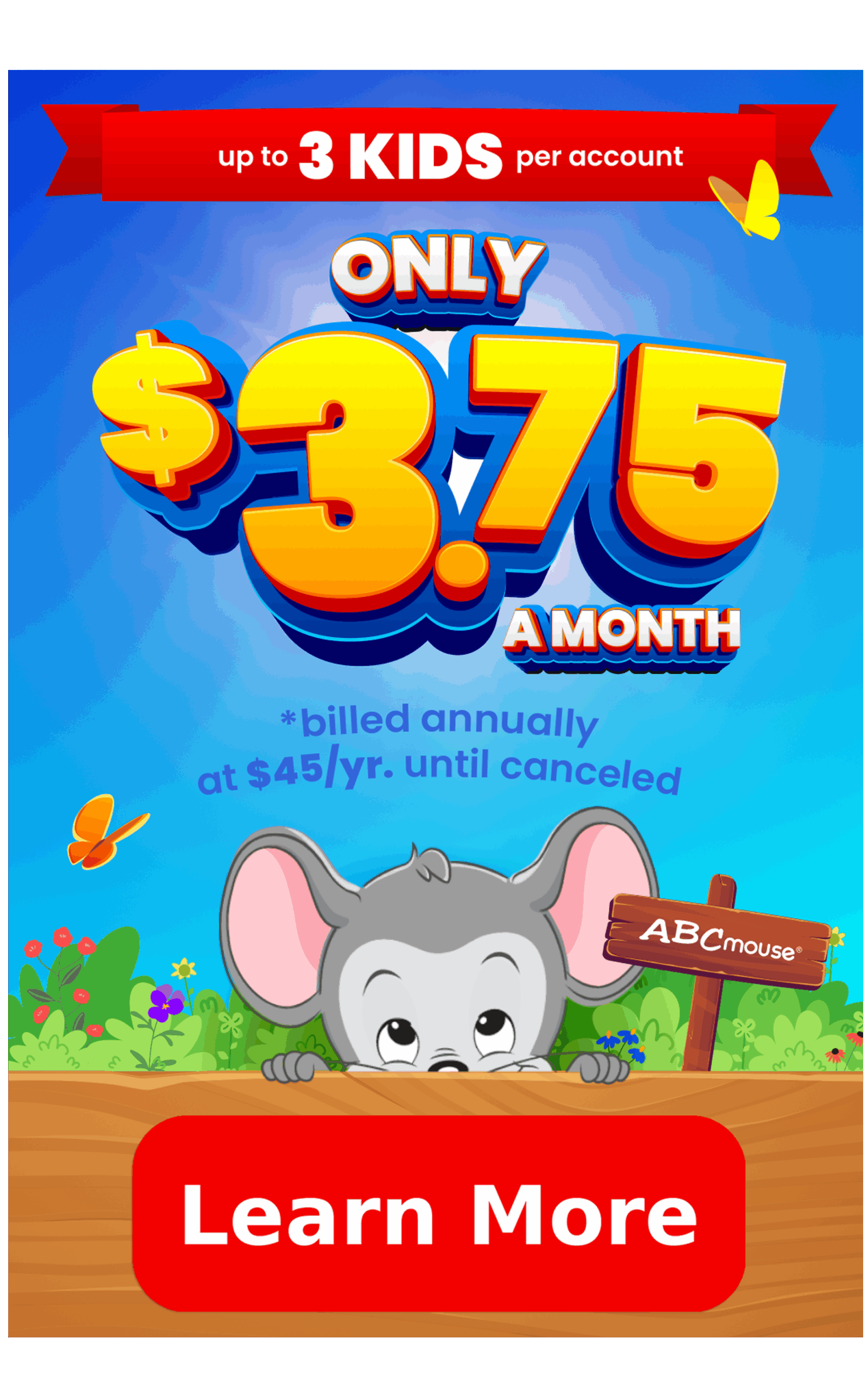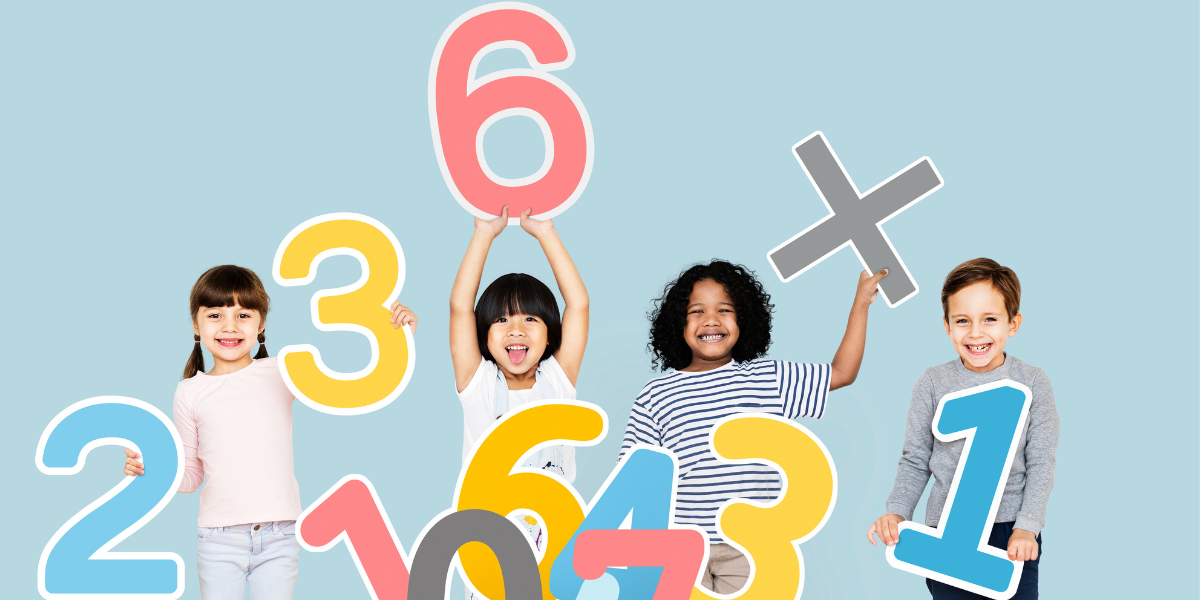
What is Number Sense in Early Math Learning?
Learn about this key math skill and how you can help teach it to your child.
We use the term “number sense” to describe a general understanding of numbers and how they work.
Think of it as being fluent in numbers, the same way students become fluent in reading. Number sense is a critical skill that children begin developing in preschool.
Number sense includes the following:
- Understanding number relationships
- Understanding number magnitude
- Being able to perform operations with numbers
- Being able to solve mathematical problems that aren’t bound by traditional algorithms
- Being able to represent and operate with whole and rational numbers
- Being able to transition between mathematical expressions and real-world quantity representations
According to the research paper Number Sense and the Effects on Students’ Mathematical Success from Northwestern College, after reviewing multiple studies on children and number sense, it was determined that “number sense impacts all parts of mathematics and without a strong understanding, students will struggle in all areas of math. The earlier students start learning simple math skills, the better it will be on their math development as they go into kindergarten and get older.” (Baker, 2019. p.10)
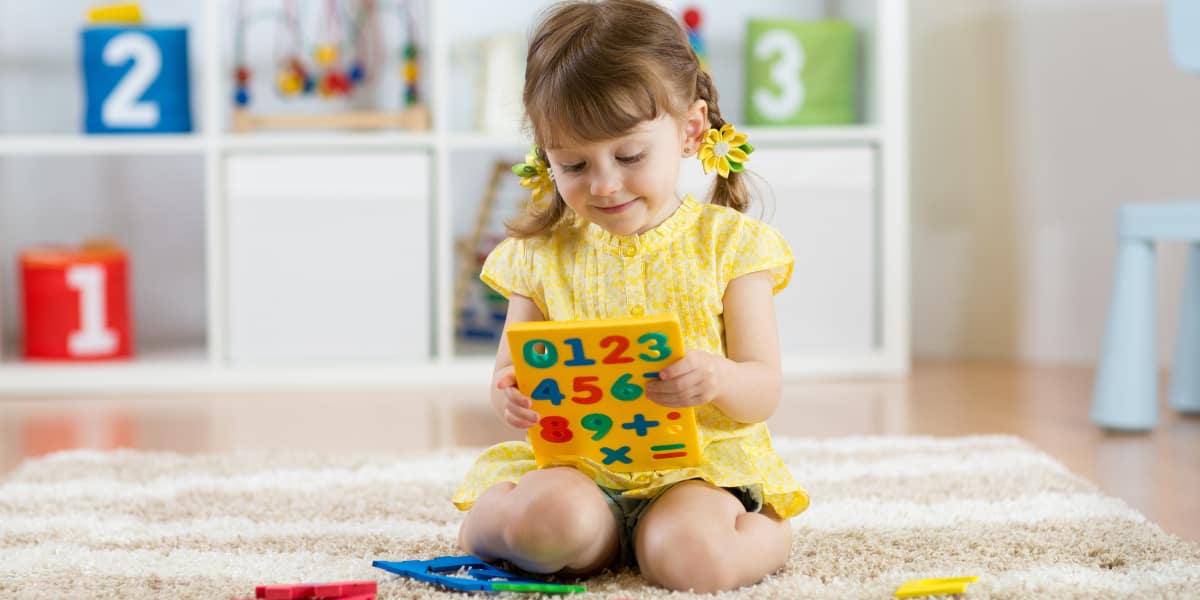
Simple, everyday interactions can significantly enhance children’s number sense. Whether it’s counting steps while walking, identifying numbers on street signs, or comparing quantities during playtime, these moments are valuable opportunities for learning.
Developing number sense in young children is crucial because it sets the stage for future success in mathematics and helps them navigate the world around them with confidence and curiosity.
Tip: Try these fun hands-on number sense activities with your child to further enhance their learning!
Key Number Sense Concepts
Number sense is made up of a variety of elements that help establish fluency. Just like kids learn the letters of the alphabet and the sounds they make, they must learn numbers, numerals, and what they represent. These are the concepts covered under the umbrella of number sense:
Counting and Cardinality
One part of counting is being able to say numbers in their correct order. But it also involves assigning those numbers to individual items in a set and understanding that you only count each item once. (This skill is called one-to-one correspondence.) We often teach this concept by having kids touch each item in a set as they count.
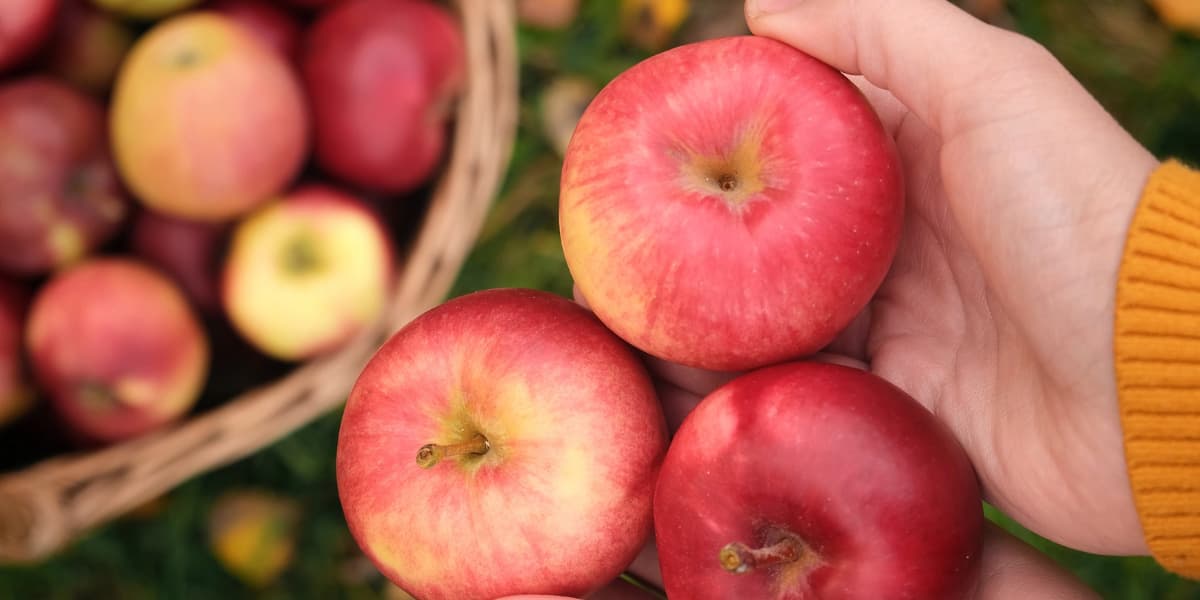
Cardinality is a way to describe how many things are in a specific set of items. For instance, imagine you ask a child “How many apples are in the basket?” They count the apples, and answer “five.” Even though they had to say the numbers one, two, three, four, five to count the apples, the cardinality (“How many?”) of the set is five.
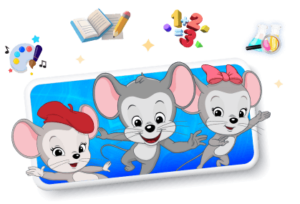
Then just $14.99/mo. until canceled
Number Recognition and Representation
We’ve developed a variety of ways to represent numbers. Number words (one, two, three) and numerals (1, 2, 3) are two of the most common, along with methods like tally marks. It’s important for students to make the connection between a set of seven objects, the word “seven,” and the numeral “7,” understanding that they all represent the same thing.
Tip: Check out our article How to Teach Number Recognition to Preschoolers for more ideas.
Order and Magnitude (Comparison)
One of the most basic number sense concepts is the idea of “bigger and smaller” or “greater than or lesser than.” When numbers are involved, this type of comparison is known as magnitude. Kids use number lines and other tools to help them compare numbers, understanding that 10 is greater than 3, or 5 is less than 7.
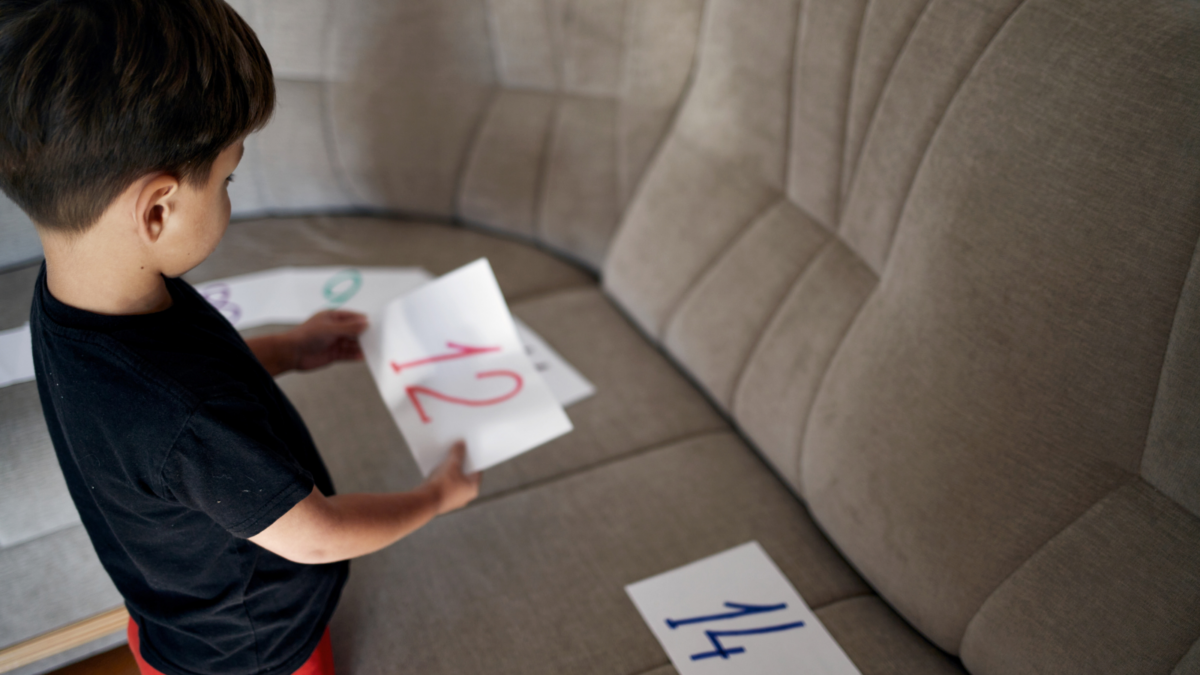
As students learn specific numbers, they must be able to put them in order based on their magnitude. They also learn ordinal numbers like first, second, and third to describe the order of items in a set.
Place Value and Pattern Recognition
Learning place value also plays a role in developing number sense.
Place value is the value of each digit in a number based on its position in the number.
Understanding place value means children understand that the way a number is placed gives it a specific meaning. For instance, in the number 23, the numeral “2” means something different than it does in “42”.
Patterns also play an important role in number sense, and place value is just one of many patterns used in math. Patterns in math can also show up as arithmetic or algebraic patterns, geometric patterns, and more. Pattern repetition is key to understanding arithmetic skills like multiplication and plays an even greater role in more advanced math.
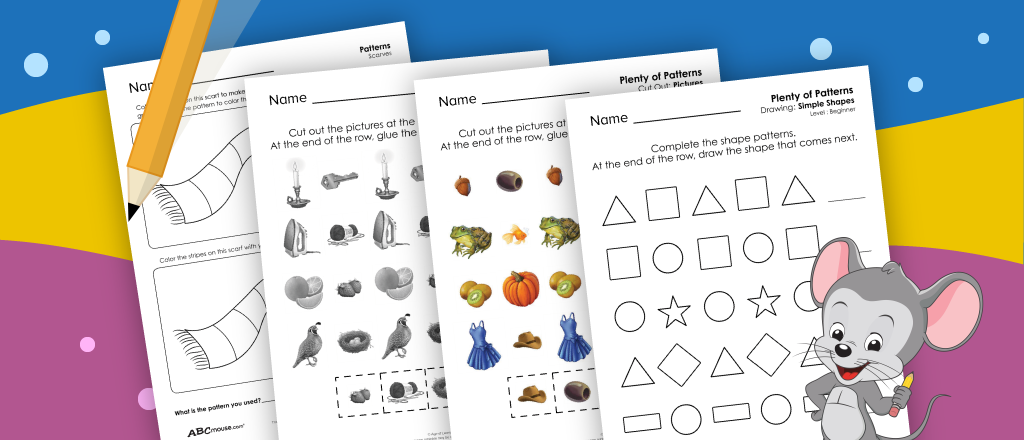
Tip: See our fun pattern worksheets for early elementary students.
Estimating
Estimating in number sense means taking an educated guess about the number of something or answer to a problem. Kids use skills like rounding and estimating to reason out solutions and check to see if they make sense.
Subitizing
Subitizing is the ability to recognize the number of items in a set without needing to count them.
Think of rolling a pair of dice. Once you’re familiar with the individual patterns on each side of a die, you don’t need to count the individual dots. You can quickly figure the total by subitizing what you see. Most young children learn to subitize up to about ten items, but it’s possible to subitize larger quantities than this.
Number Relationships
This big category encompasses all sorts of relationships between numbers, including:
- Greater than or less than
- Equality and inequality
- Number families (odds and evens, multiples of 3, etc.)
- Number patterns (counting by fives, counting backwards by subtracting seven from each number, etc.)
- Place value
- Ratio and proportion
Calculation
This more advanced part of number sense involves using arithmetic operations (addition, subtraction, multiplication, division) fluently. Students develop this sense throughout their elementary years.
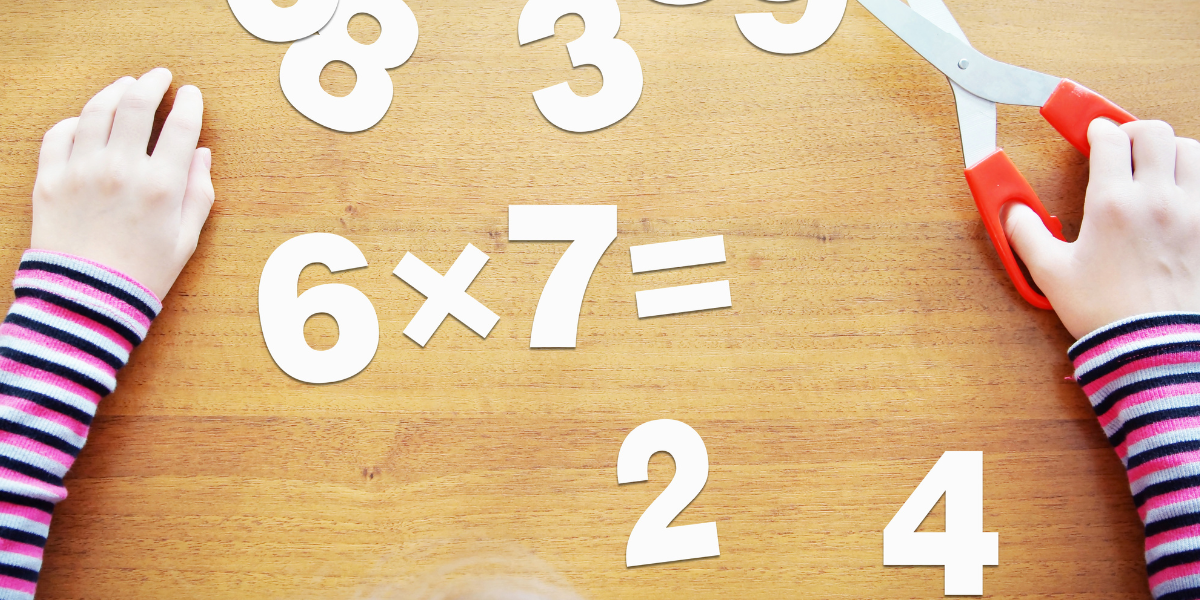
Mathematical Reasoning
When people demonstrate mathematical reasoning, they can explain their thinking about a situation involving numbers. Here are some examples:
- A preschool student says there are seven eggs in the refrigerator. When you ask them to explain how they know that, they count each egg one by one, demonstrating their counting and number recognition skills, as well as cardinality.
- A fourth-grade student compares two fractions: 1/2 and 4/8 and declares that they are equal. To explain their thinking, they draw one circle divided into four parts, and another divided into eight parts. They color in the appropriate number of parts to represent each fraction and demonstrate that they’re equal.
Mathematical reasoning is one of the skills we emphasize most when teaching kids math today.
Rote memorization of facts is helpful, but to be truly fluent in number sense, students must be able to explain not just what the correct answer is, but how they arrived at that answer.
There can be many ways to apply mathematical reasoning to one situation, so be sure to welcome all sorts of thinking from your child.
Math Application
Application involves taking concepts out of the classroom and using them in real life.
For young students, this might mean counting the number of plates needed for the dinner table or determining who has more milk in their glass.
Older students apply arithmetic skills to the real world, figuring out how much three apples cost at the grocery store if each one costs $1.25, or determining how many more points they need to beat the high score in a video game.
When Do Children Develop Number Sense?
Long before they start their formal education, toddlers and even babies begin to develop number sense. One of the earliest concepts they’re exposed to is comparison.
Imagine giving two toddlers each a few crackers for a snack. If you give one significantly more than the other, the one with fewer crackers will probably let you know! This is the beginning of number sense.

We usually start teaching children to count when they’re very young, just by playing games and singing songs. We number their fingers and toes, and count out their toys as we help put them away. As they get older, they play with letter and number blocks and magnets, and we help them write numerals as well as letters.
By the time they start kindergarten, most kids can count to 10 and recognize the numerals. They’ll continue to build on these concepts as they begin basic arithmetic, developing their calculation skills too.
How Can I Teach Number Sense to My Child?
Begin developing number sense with your child by counting out loud every chance you get. Be sure to touch or point to items as you count, inviting your child to do the same. When you’re out and about, point out numerals on signs, and ask your child to identify them.
At the dinner table, ask who has more or less milk in their glass, and count how many peas or carrots are left on each person’s plate. Make numbers part of your daily routine, and they’ll become a natural part of your child’s life.
Tip: Find more hands-on, interactive number sense activities to try here.
How Can ABCmouse Help Children Develop Number Sense?
ABCmouse’s online math program develops number sense through a variety of activities, designed and developed by experts to help your child build these foundational skills. The self-paced curriculum adjusts to your child’s needs, providing more support in areas they find challenging. As children complete interactive guided lessons, watch videos, sing songs, and play games, they’ll have numerous opportunities to grow their comfort and fluency with numbers.
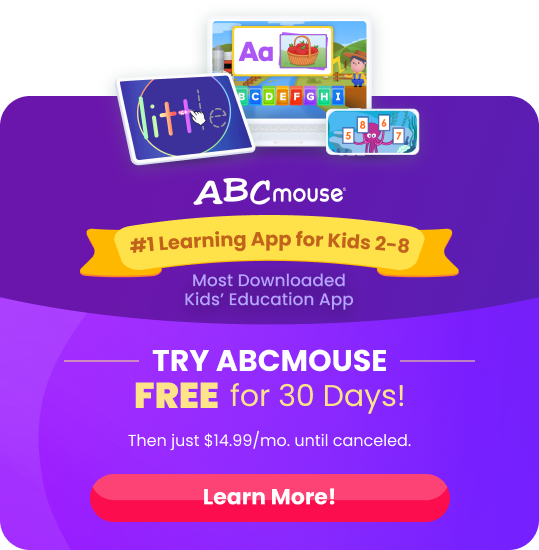
Additional Resources
ABCmouse offers resources for parents and activities to help children keep learning. Here are a few examples.
Fun Math Activities for Preschoolers
Add up the fun with simple preschool math activities focused on counting, patterns, comparing numbers, and more!
Browse ➜
How to Teach Phonics to Kindergartners
Tips and activities to help make learning phonics fun for your kindergartener.
Browse ➜
Color-by-Number Worksheets for Kids
Check out our collection of free printable color-by-number worksheets for preschoolers, kindergarteners, and first graders.
Browse ➜
ABCmouse’s expert advice review process:
Our team of ABCmouse Curriculum Experts, made up of talented professionals in early childhood education and development, take a close look at educational content and learning claims. They put in the effort to make sure our information is accurate and current. We have a certified educator or another respected authority review the content, matching their expertise with the topic at hand. They’ll make sure the content is thorough and follows the latest research and educational guidelines. If they think we can make things even better, they’ll chat with our editorial team, and we’ll make those improvements right away. Only after a reviewer gives their thumbs-up does a piece of content get the official stamp of approval in the byline.
Legal Disclaimer: Any information, materials, or links to third-party resources are provided for informational purposes only. We are not affiliated with and do not sponsor/endorse these third parties and bear no responsibility for the accuracy of content on any external site.



